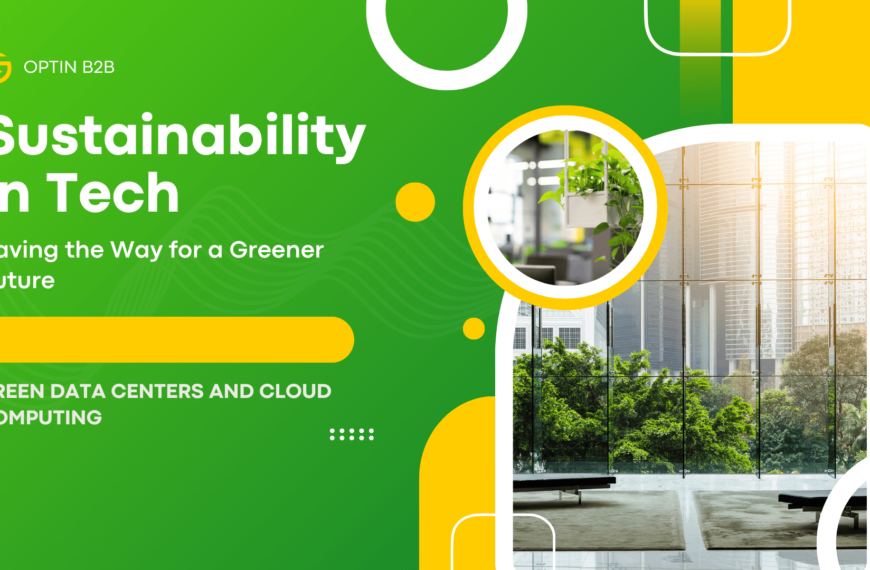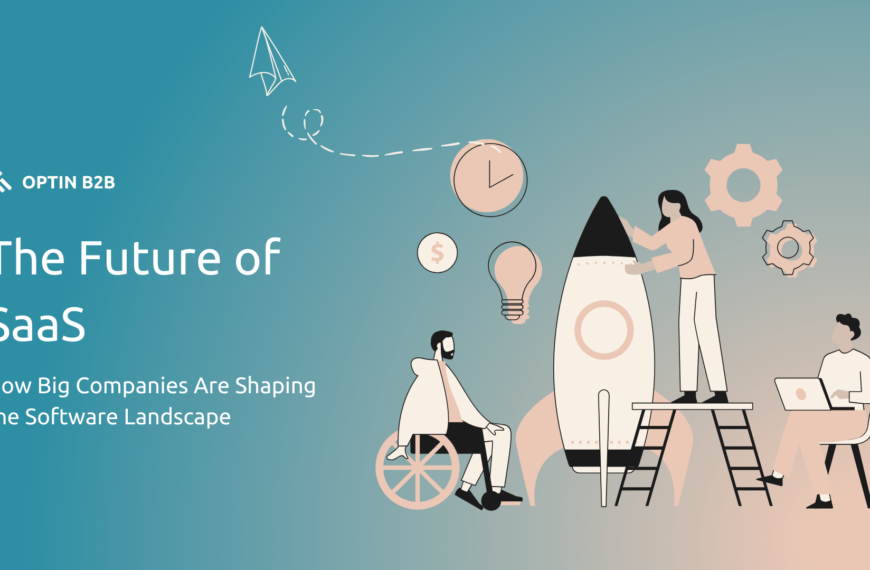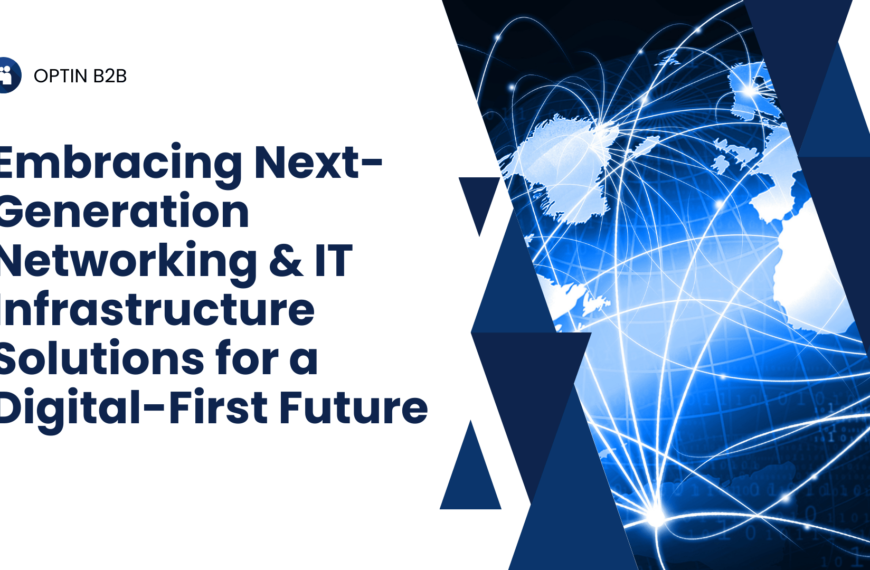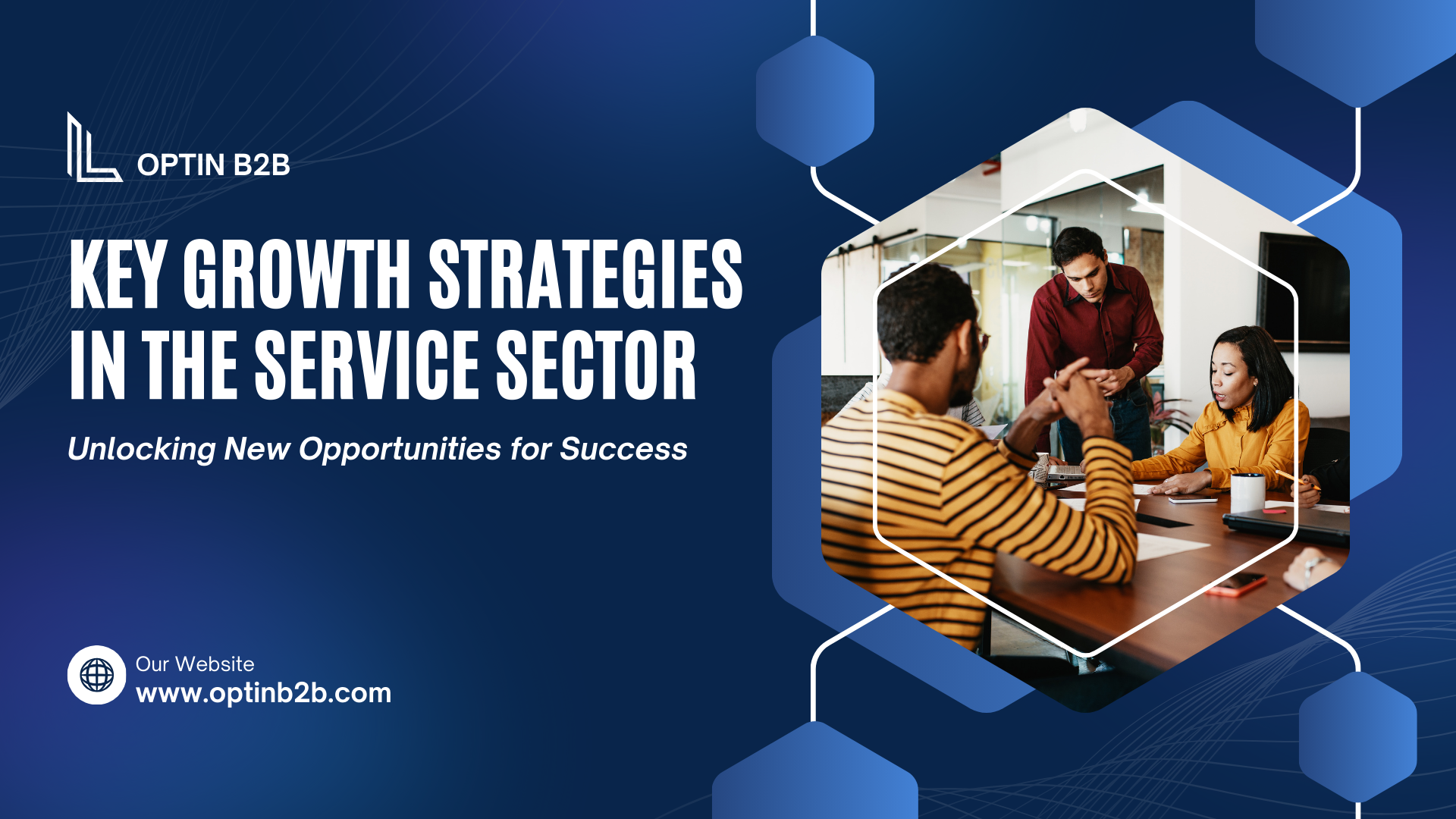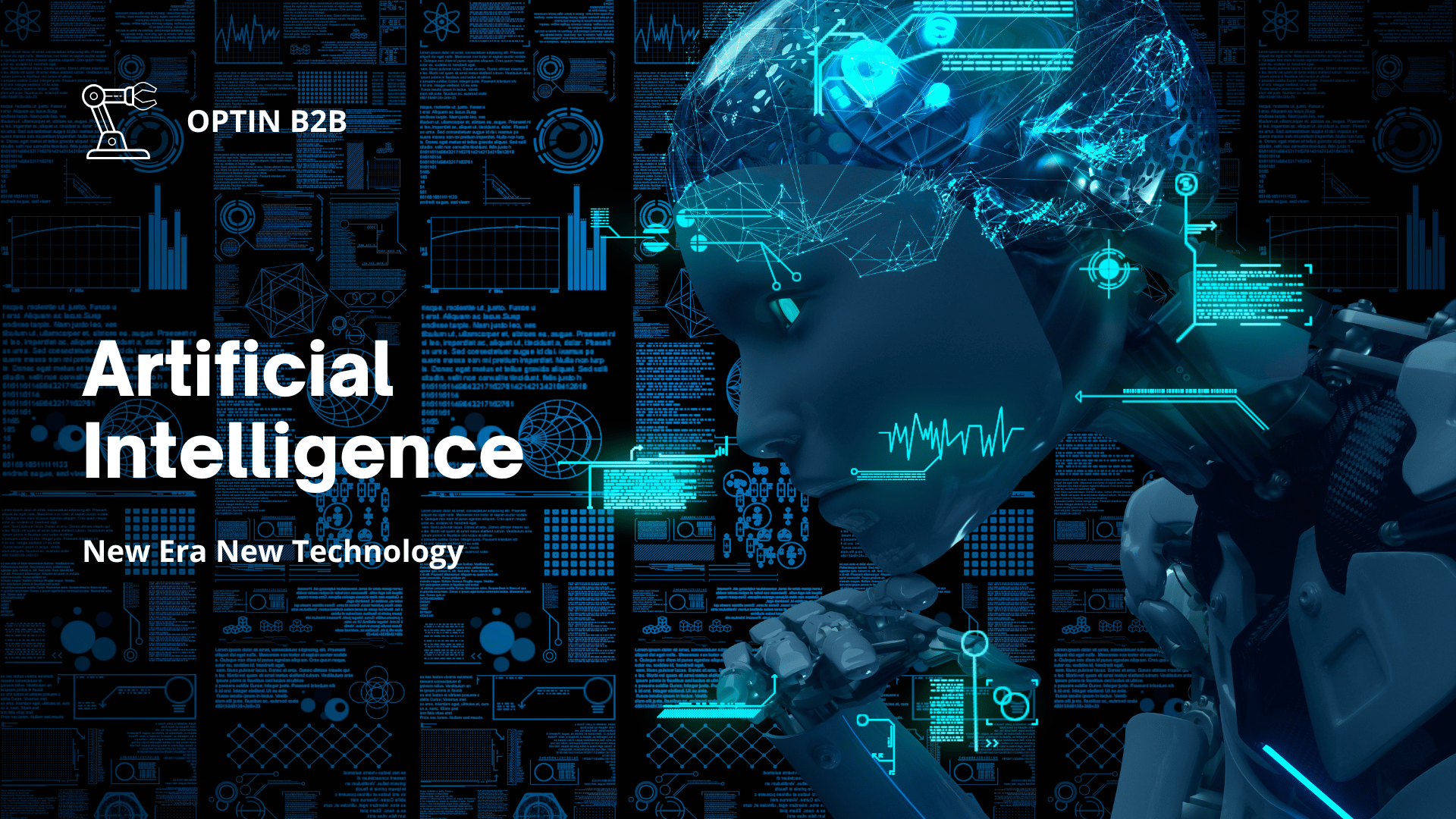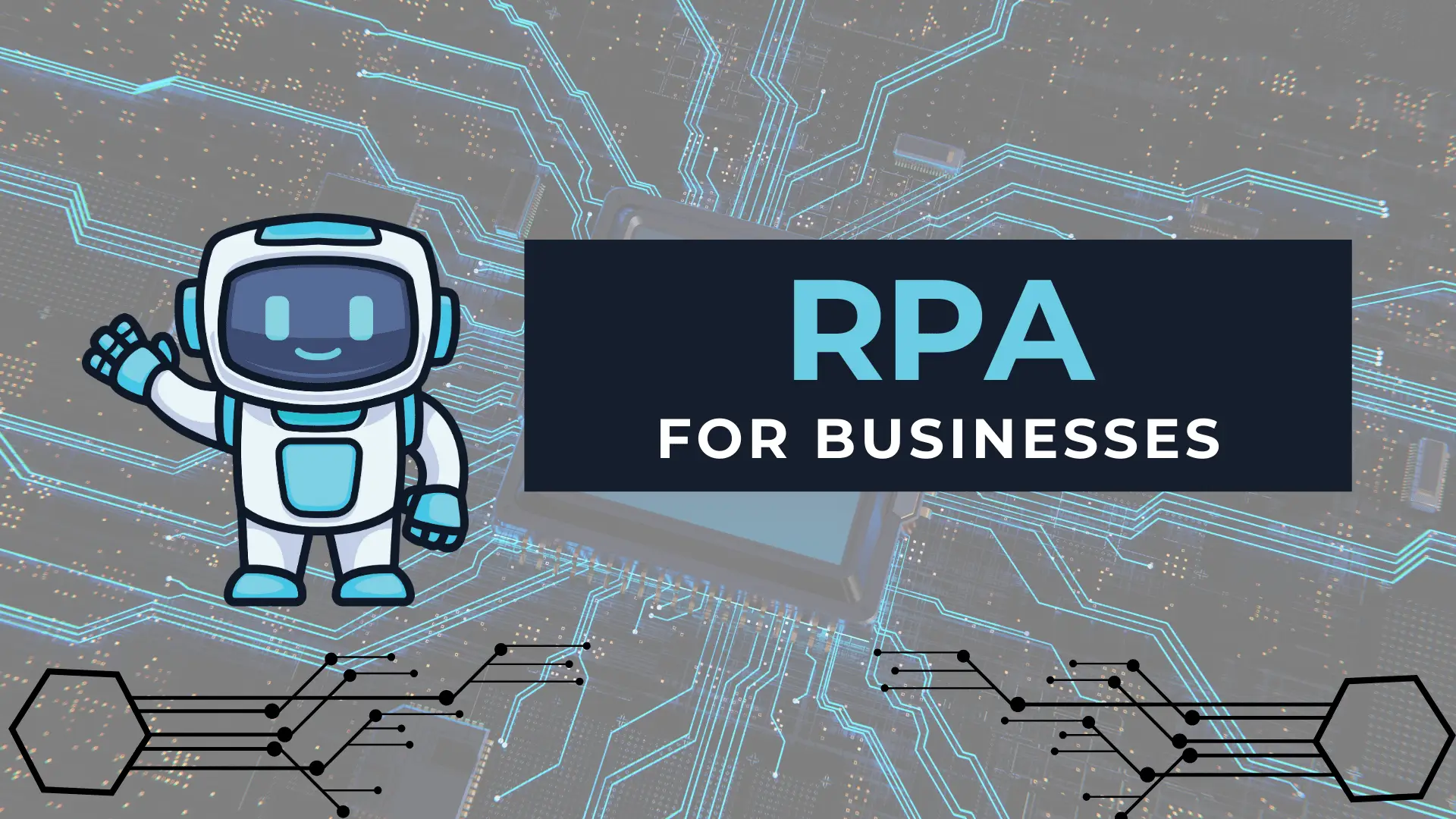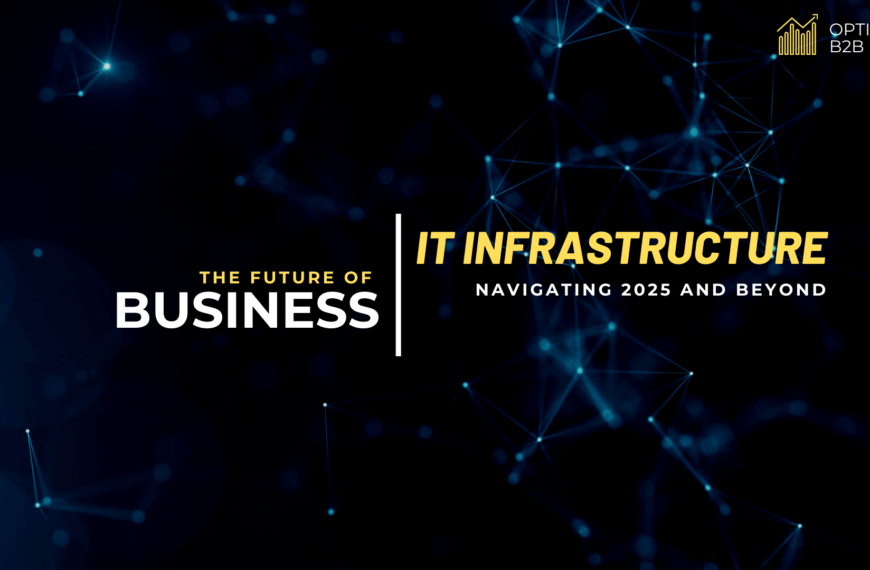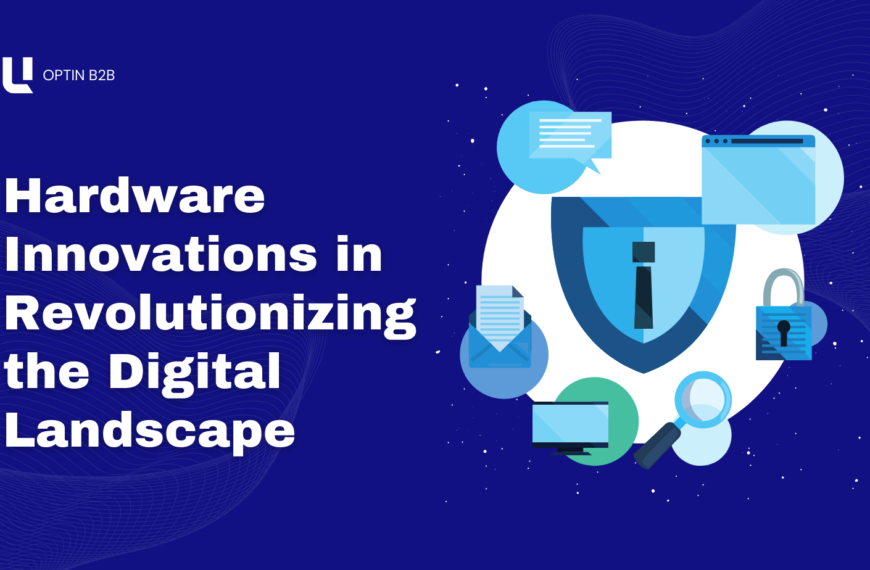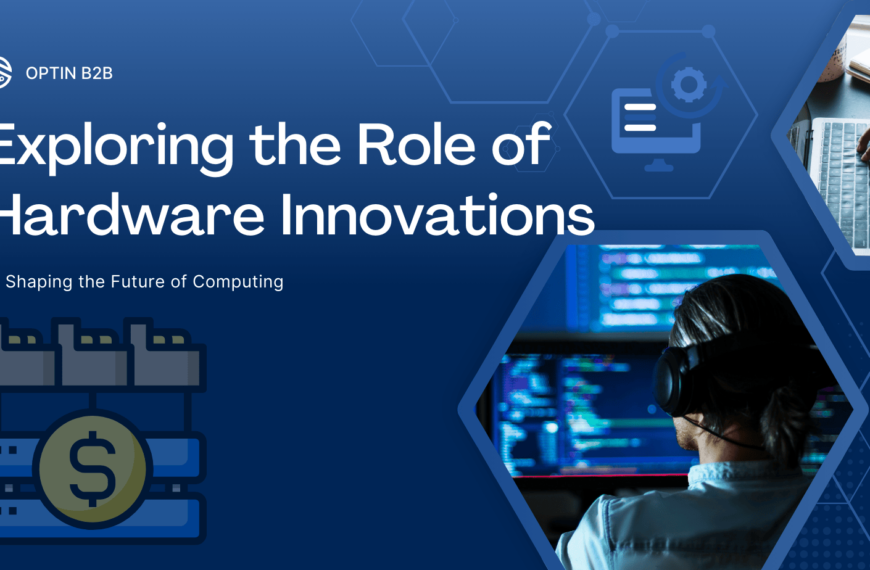Software development is a dynamic field, continuously evolving to meet the demands of modern businesses and industries. From traditional development methods to cutting-edge technologies like artificial intelligence and machine learning, the landscape of software creation is undergoing significant transformations. In this article, we’ll explore the key trends, tools, and technologies that are shaping the future of software development and why they matter for developers and businesses alike.
Agile Methodology and DevOps
Agile software development has become the standard approach for many organizations over the past decade. Agile emphasizes flexibility, collaboration, and iterative progress, enabling development teams to respond quickly to changes in project requirements. In 2025, Agile is still expected to dominate, with more companies adopting practices like Scrum and Kanban to enhance workflow and productivity.
Coupled with Agile, the DevOps methodology has gained significant traction. DevOps focuses on the collaboration between software development and IT operations, enabling continuous integration and continuous delivery (CI/CD). Tools like Jenkins, Docker, and Kubernetes have become central to DevOps practices, allowing for streamlined testing, deployment, and monitoring of applications. DevOps practices ensure that software reaches the market faster, with fewer errors and greater scalability.
Cloud-Native Development and Microservices Architecture
As businesses increasingly move their operations to the cloud, cloud-native development has emerged as a game-changer. Unlike traditional monolithic architectures, cloud-native applications are built specifically to run in the cloud, taking full advantage of its scalability, flexibility, and cost-efficiency. In this paradigm, developers can create applications using microservices, which allow for modular, independent deployment of features or services within an application.
Major cloud platforms such as Amazon Web Services (AWS), Microsoft Azure, and Google Cloud Platform (GCP) provide the tools and services needed to develop, deploy, and scale cloud-native applications. These platforms offer services like AWS Lambda for serverless computing, which eliminates the need for server management, and Azure Kubernetes Service for managing containerized applications. By adopting a cloud-native approach, developers can deliver applications faster, reduce infrastructure costs, and easily scale applications to meet business demands.
Artificial Intelligence and Machine Learning Integration
AI and machine learning (ML) are becoming integral parts of modern software development. Developers are now incorporating AI and ML algorithms into applications to enhance user experiences, optimize operations, and predict future trends. For example, AI-powered chatbots and recommendation engines are becoming commonplace in industries such as e-commerce, healthcare, and finance.
In software development, AI tools like TensorFlow, PyTorch, and OpenAI’s GPT models are helping developers build intelligent applications. By automating tasks like data analysis, customer support, and personalization, businesses can provide enhanced user experiences while reducing operational costs. In 2025, as AI continues to mature, software development will increasingly involve the integration of natural language processing (NLP) and computer vision technologies, allowing developers to create more intuitive and smarter applications.
Low-Code and No-Code Development Platforms
Low-code and no-code development platforms are gaining popularity for their ability to allow individuals with limited programming knowledge to build functional applications. These platforms use drag-and-drop interfaces, pre-built templates, and intuitive workflows to enable the rapid creation of applications without extensive coding. As businesses demand faster delivery of software solutions, low-code and no-code platforms are bridging the gap between business users and professional developers.
OutSystems, Appian, and Mendix are among the leading no-code/low-code platforms helping businesses streamline app development. These platforms are perfect for creating custom applications, workflow automation, and prototypes. While low-code/no-code solutions are not meant to replace professional developers, they empower teams to quickly prototype ideas and create simpler applications that don’t require deep technical expertise.
The Rise of Cybersecurity in Software Development
As software becomes an increasingly critical part of our digital lives, security is more important than ever. The rise of cyberattacks has prompted software developers to integrate security measures directly into their development process. DevSecOps, which integrates security into the DevOps workflow, is gaining momentum. By using tools like OWASP ZAP for vulnerability scanning and SonarQube for static code analysis, developers can ensure that their software is secure from the outset.
With the rise of the Internet of Things (IoT), applications are handling an increasing amount of sensitive data. Developers must be proactive in implementing encryption, secure authentication, and data protection protocols to safeguard user information. As cybersecurity threats continue to evolve, software developers will need to stay ahead of emerging risks, building applications that are resilient to attacks.
Software development in 2025 will continue to be shaped by technological advances like cloud-native architectures, AI, and machine learning. Agile and DevOps methodologies will remain central to the development process, ensuring that software can be delivered quickly and efficiently. The growing emphasis on security, combined with the rise of low-code/no-code platforms, will provide both developers and businesses with the tools they need to build scalable, intelligent, and secure applications.
As new tools and methodologies emerge, staying ahead of trends and adopting the right technologies will be key to success in software development. By embracing cloud-native architectures, AI, and enhanced security practices, businesses can ensure they are building software that meets the needs of today and the future.



